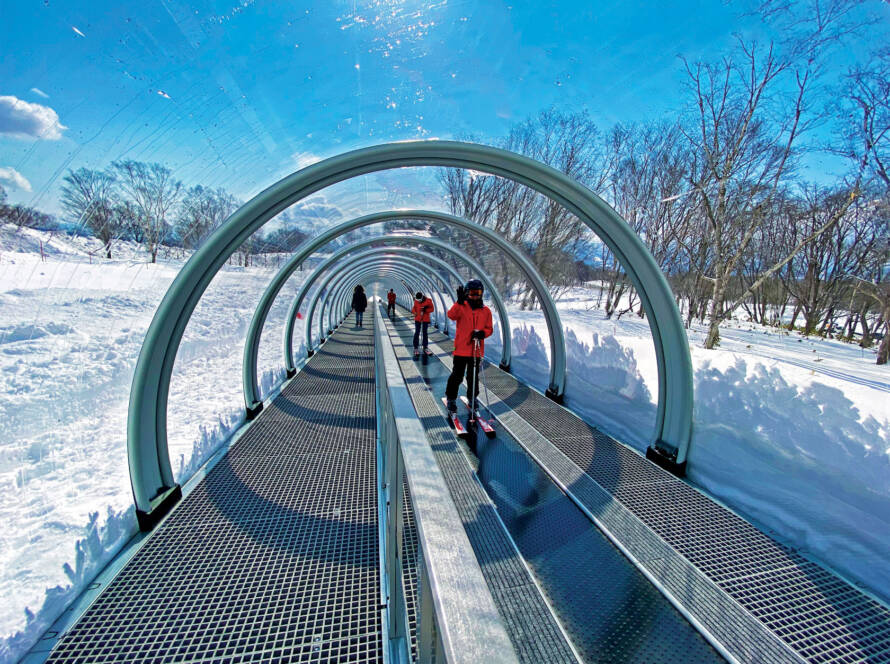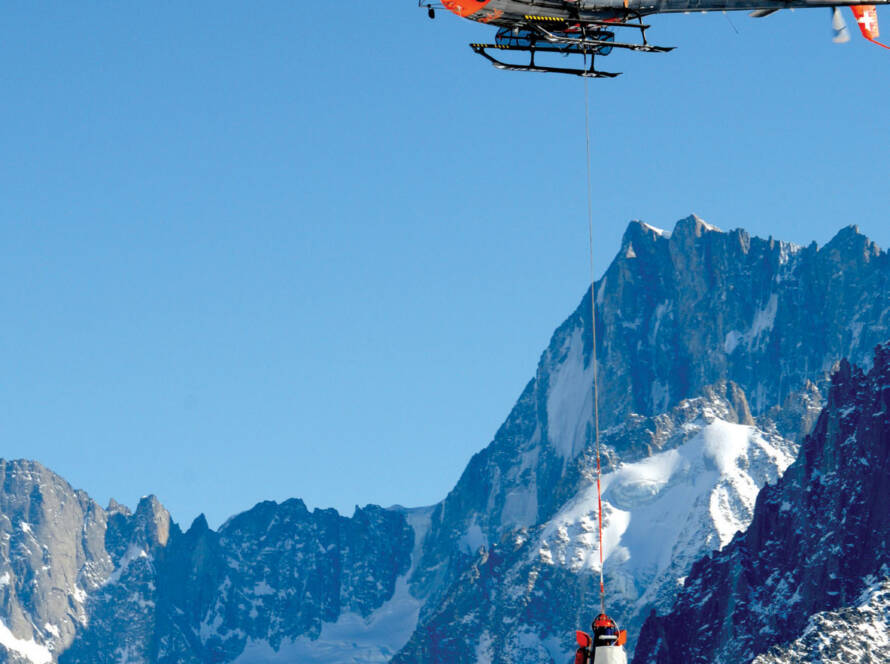Risk management has been part of day-to-day operations of ski areas for about as long as tow ropes and snow groomers have been around. While that remains the case this season, the COVID-19 pandemic is bringing even more attention to the importance of having the correct risk management plan in place to ensure the safety of guests and staff.
“The biggest thing (with coronavirus) is it’s like any form of negligence. You have to follow the standards and regulations, and standards of care that are applicable to you regardless of where you are,” said Tommy Thomassie, a leading risk assessment expert and chief risk officer for Prime Insurance Company.
“You have to pull the local regs (regulations), the state regs, the federal regs and CDC regs, the World Health Organization standards. The best-case scenario that we tell everybody is to take all of those, follow them and then some. If you’re following all the different regulations, the chances of a court finding you negligent are going to be pretty slim.”
In addition, Thomassie advises operators of ski hills and ski areas to adopt the same kind of common-sense measures other businesses have, including temperature checks, regularly testing staff for COVID-19 and encouraging sick workers to remain at home.
Timely review
With all of the heightened awareness regarding risk management this season, Thomassie says now is an appropriate time for ski area operators to review their existing policies and procedures to ensure they meet their current circumstances.
The most important thing, he says, is ensuring the customer’s well-being remains top of mind whenever there is any kind of unfortunate incident. That includes ensuring there is a plan in place to respond to such incidents rather than coming up with a response on the fly.
“Things can go awry, and someone’s dream or vacation is shattered. The best of the best have all this in place, and they do the training and they have everybody lined up to behave appropriately,” said Thomassie, who speaks frequently at outdoor recreation industry conferences and seminars.
“What you have to do is very quickly and very humanely handle the situation. You’ve got to make sure you’re taking care of them from a humanistic perspective. What takes place in the moments or hours or days after an incident really dictates how the thing ends up and whether you get sued or not. A lot of that depends on what happens after the incident.”
No one likes doing paperwork, but Thomassie says it can go a long way in safeguarding ski area operations. “Most ski areas by this point are really, really good at that. A lot of them have electronic client management systems where every incident is going in and recorded, and [the system] can spit out all kinds of metrics. Conversely, you still have some operators who only have a notebook in the back for a reporting system,” he said.
Write it down
“If you don’t have [the incident] written down somewhere, it essentially means that it didn’t happen. If it’s not written down, you have to go later on and try and prove who actually did what or who was correct or who was lying and who’s not. You usually have to hire attorneys to prove it and that can be pretty expensive. One piece of paper with a simple statement can save you from having to do that.”
Another important consideration when reviewing risk management policies and procedures is that ski area operators ensure insurance policies meet their needs, Thomassie says. He suggests that operators compile an up-to-date list of all the activities they offer and then compare it with their insurer to ensure there are no gaps in coverage. Insuring a ski area has become a far more complicated affair over the past 20 to 30 years as these operations now offer a far wider range of services than they did a couple decades ago.
Although standard property, casualty and general liability coverage are still required, Thomassie says operators also need to “be looking at everything” in terms of addressing their insurance needs, including cyber threats, directors and officers, errors and omissions, sexual abuse and molestation, and liquor liability. “In today’s world, I don’t think there’s anything that should be off the table,” he said.
What might surprise some is that simple slip and falls are another huge concern for most ski area operations. Such incidents can potentially cost operators tens of thousands of dollars in unforeseen costs whether it is injuries to employees or customers.
Slip and falls
“The stuff that makes the news is where someone hits a tree or a celebrity allegedly takes out a doctor while enrolled in a private lesson. That makes the news, but it’s the slip and falls that will really kill you,” Thomassie said.
Slip and falls are likely to continue to be a concern, he says, as ski areas have to contend with ongoing staffing challenges and the fact that weather conditions can change dramatically in a matter of hours and even minutes.
As with any business, staff are one of a ski area’s most valuable assets and ensuring they are protected should be a priority. One of the simplest ways of doing that, Thomassie says, is to ensure they are properly trained and monitored by senior management. Even though lawsuits against individual staff members are uncommon, he says individuals who have substantial personal assets may want to consider taking out a personal insurance policy on top of whatever a ski area or resort already provides.
Mountain man
A lifelong outdoors enthusiast, Thomassie worked as a trial lawyer for nearly a decade before getting into his current career. During that time he was involved in litigation of the Deepwater Horizon oil spill in the Gulf of Mexico, the largest oil spill in maritime history, and also did a large amount of work on personal injury claims.
A few years ago, he and his wife took a trip to Park City, Utah, and immediately fell in love with the area. They decided to relocate there from Louisiana a short time later and Thomassie joined Prime Insurance soon after. “I’m a former liftie and river guide, and I wanted to move back to the mountains. It didn’t really matter what it was that I was going to be doing so much as the location,” he said, laughing.
As much as COVID-19 could impact ski operations this season, Thomassie doesn’t foresee any looming crisis for the industry from a traditional risk management perspective. Still, he says that doesn’t mean ski area and resort operators can afford to become complacent.
“Complacency is a killer. If you’ve got somebody who walks past that icy set of stairs every day and thinks, ‘To heck with it, nobody’s slipped on that thing in a year,’ that’s just an accident waiting to happen. A lot of risk management can be boring and formulaic, but there’s a reason that it is put into place.”

